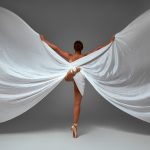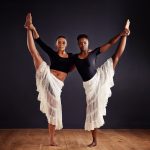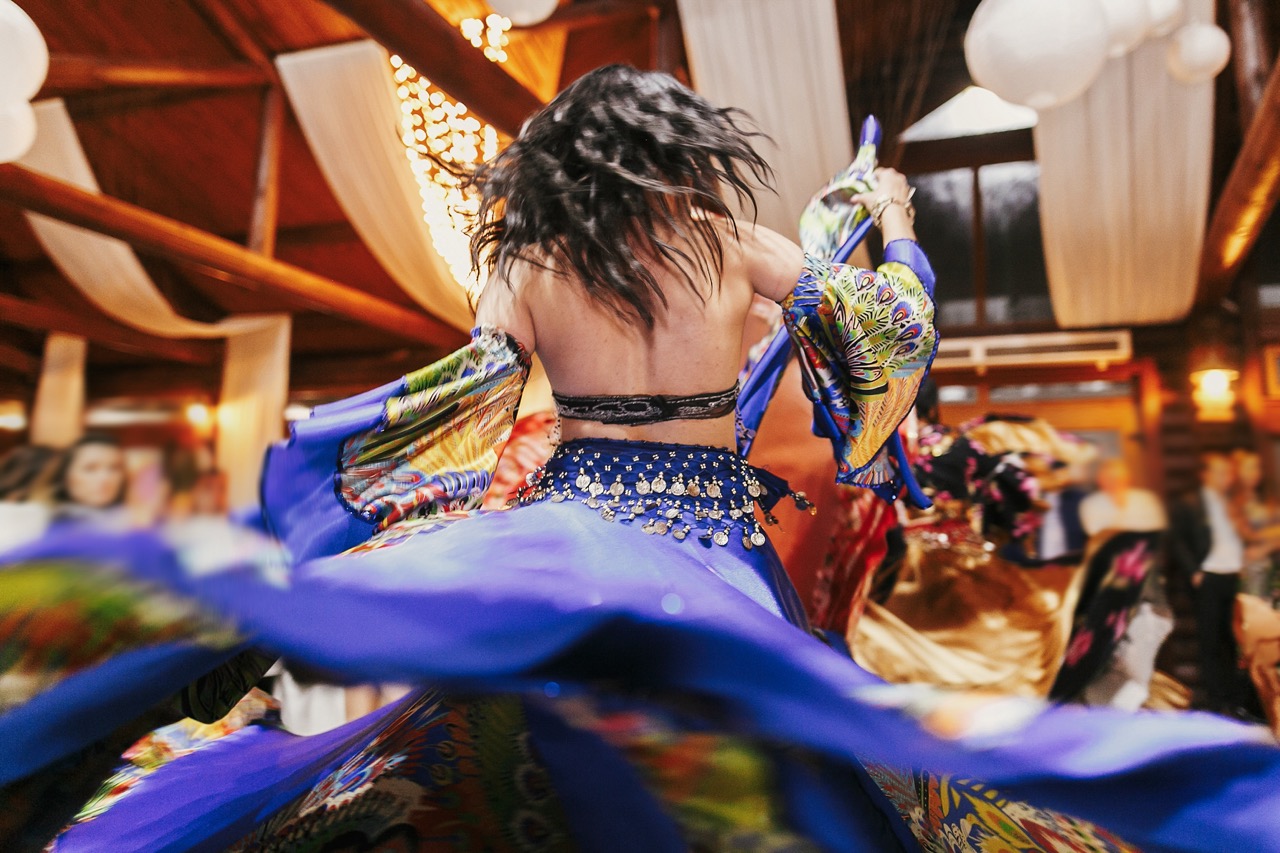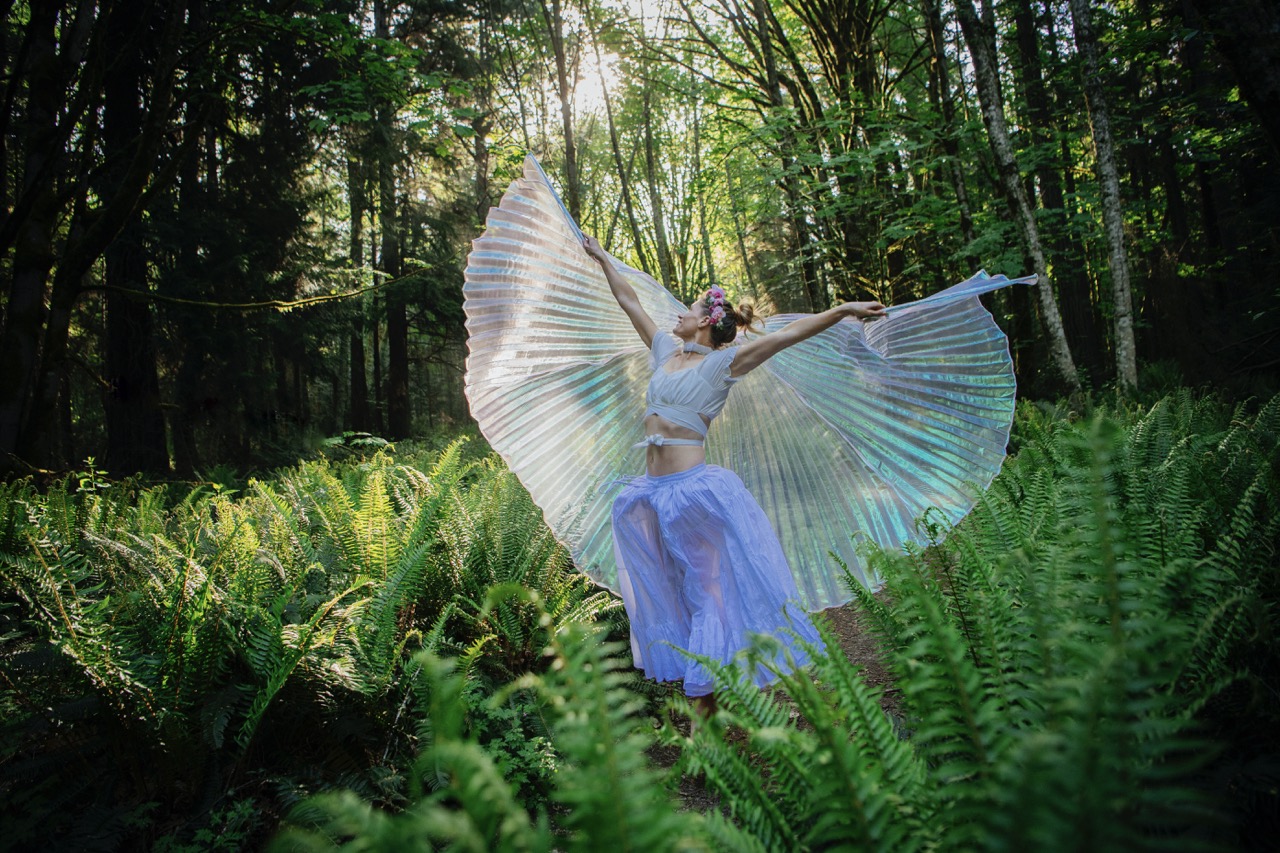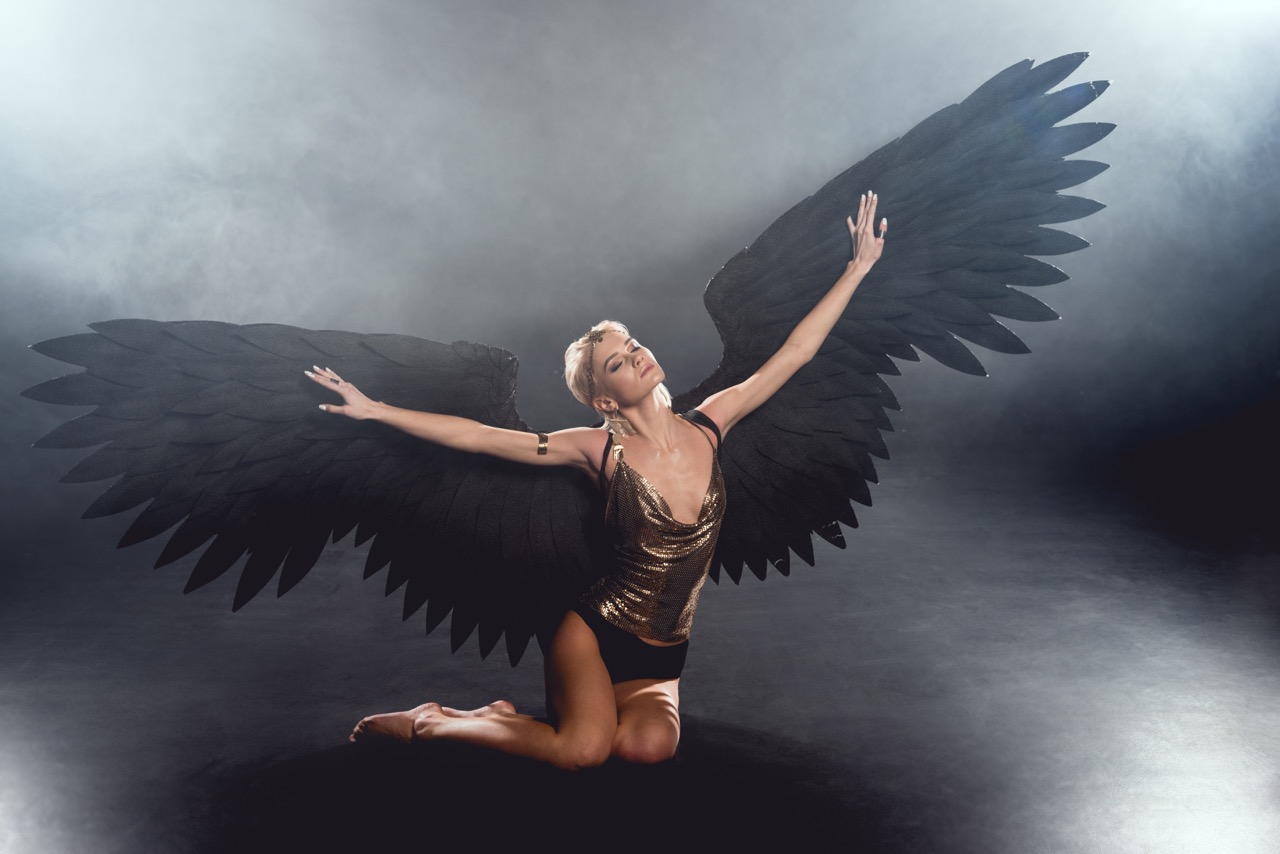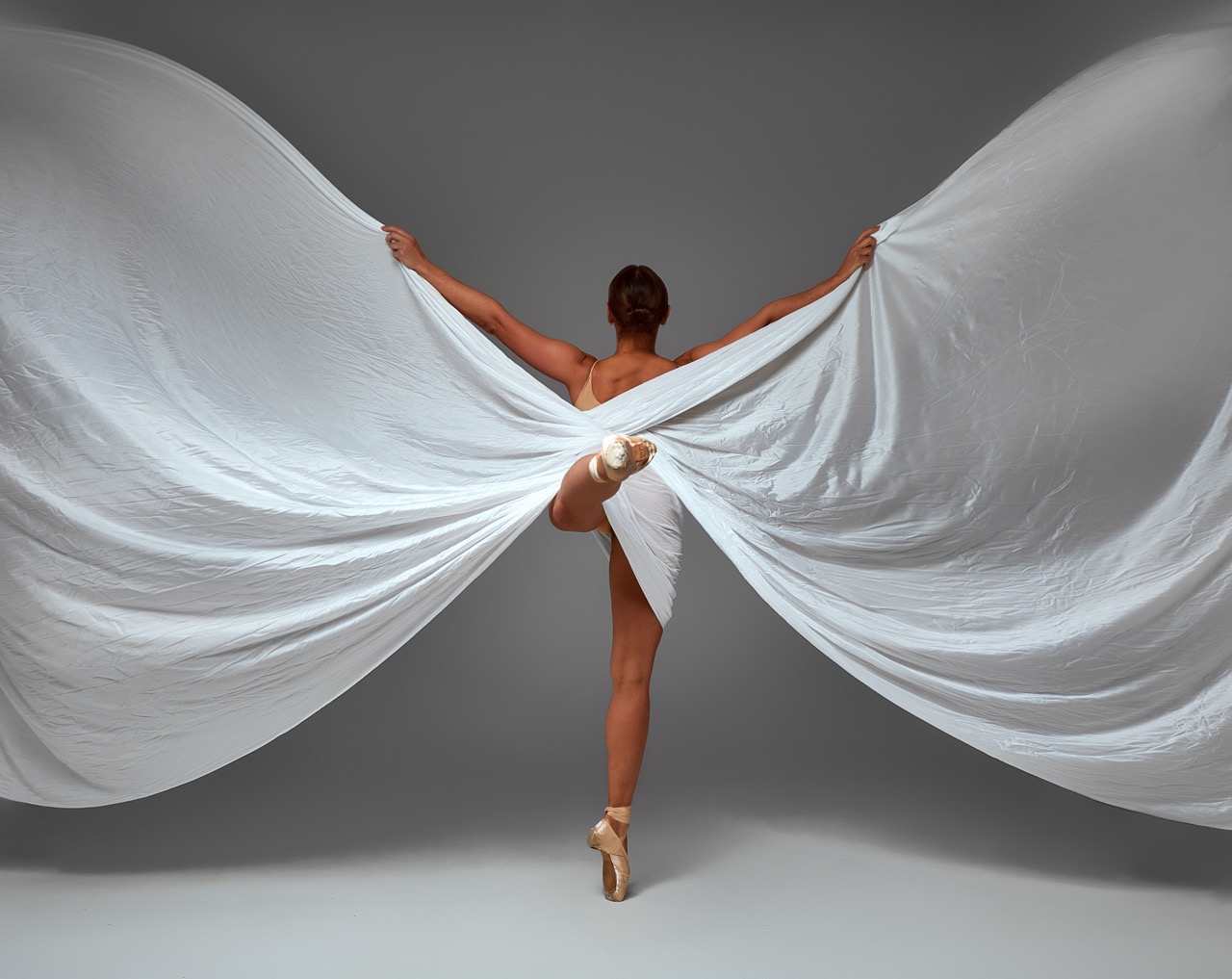The intersection of technology and art has always been a fertile ground for innovation, and nowhere is this more evident than in the realm of dance. As performers strive to push the boundaries of expression, sound sensors integrated into dance wings are emerging as a transformative force, enabling a new form of audio-responsive performance. These innovative tools not only enhance the visual aspects of a dancer’s art but also create a dynamic interplay between movement and sound, offering audiences a multi-sensory experience. This article delves into the role of sound sensors in dance wings, unveiling how they are reshaping the future of performance art.
Exploring the Harmony: Sound Sensors in Dance Wings
Dance wings, traditionally used to create visual splendor and dramatic effect, are now being equipped with sound sensors that respond to the nuances of movement. These sensors can detect the speed, angle, and intensity of a dancer’s motions, translating them into sound patterns that resonate with the visual choreography. By placing piezoelectric sensors or microphones within the fabric of the wings, artists can create an immersive environment where every flutter and movement contributes to a sonic landscape. This integration not only embellishes the performance but also deepens the emotional resonance of the narrative being conveyed.
Moreover, the symbiotic relationship between sound and movement offered by these sensors allows for greater artistic expression. Dancers can manipulate sound in real-time, creating a unique audio track that evolves as they perform. This interactive element fosters a heightened sense of spontaneity and creativity, encouraging dancers to explore their limits and embrace the unexpected. Every performance becomes a one-of-a-kind experience, with the audience witnessing a live composition that unfolds in harmony with the visual spectacle.
The use of sound sensors is not confined to a particular genre; they are being embraced in both contemporary and traditional dance forms. Choreographers are finding innovative ways to integrate audio-responsive technology into their works, allowing for a richer storytelling experience. The delicate balance between the auditory and visual elements allows for a deeper connection with the audience, inviting them to engage with the performance on multiple levels. As the technology continues to advance, the potential for new artistic expressions seems boundless.
Transforming Movement: Audio-Responsive Technology Unleashed
The advancements in audio-responsive technology have opened up a plethora of possibilities for choreographers and performers. With sound sensors embedded in dance wings, movements can be transformed into auditory experiences that enhance the storytelling aspect of performances. For instance, a gentle wave of the wings could produce soft melodies, while a more vigorous movement could generate powerful rhythms, effectively embodying the dancer’s emotions through sound. This transformation allows for a nuanced exploration of how movement and sound can coexist and influence one another.
In addition to enhancing the performance itself, these sound sensors play a crucial role in audience engagement. The immediate response of the sound to the dancer’s movements creates a captivating atmosphere that draws the audience in. Viewers are not mere observers but active participants in the musical dialogue created by the dancer’s actions. This immersive experience fosters a greater emotional connection to the performance, as audiences are invited to feel the rhythm and intensity of the movement in a visceral way.
Furthermore, the rise of audio-responsive technology has led to a shift in the way dance is conceptualized and created. Choreographers are now incorporating sound design into their creative processes from the very beginning, blurring the lines between composer and choreographer. This collaborative approach challenges traditional notions of dance as a purely visual art form, acknowledging the integral role that sound plays in shaping a performance. As a result, the choreography itself evolves to accommodate the dynamic interplay between movement and sound, paving the way for innovative new works that redefine the art of dance.
Synchronizing Dance and Sound: A Technological Revolution
The advent of sound sensors in dance wings represents a significant technological revolution in the world of performing arts. As artists harness the power of technology, they are breaking away from conventional performance formats and embracing a more fluid and interactive approach. This synchronization of dance and sound allows for a radical rethinking of choreography, where the physicality of movement is intricately linked to the auditory experience. The technology enables performers to explore sound design as an extension of their movement vocabulary, resulting in performances that are both visually and sonically captivating.
Moreover, the integration of sound sensors fosters a new level of collaboration among artists. Dancers, sound designers, and technologists are now working together to create cohesive artistic statements that merge various disciplines. This convergence sparks innovation, leading to the development of new performance formats that blend dance, music, and technology in unprecedented ways. The creative potential unleashed by these collaborations allows for the exploration of complex themes and ideas, challenging the boundaries of traditional storytelling in the performing arts.
The impact of this technological revolution extends beyond the stage, influencing the way dance is taught and experienced. Educational institutions are increasingly incorporating audio-responsive technology into their curricula, equipping the next generation of dancers with the skills and tools to engage with sound in their performances. As students learn to integrate sound sensors into their movement practice, they develop a deeper understanding of the relationship between movement and audio, enriching their artistic expression. This evolution heralds a new era for dance, where technology plays an essential role in shaping the future of performance.
The Future of Performance: Innovations in Sound and Dance
As we look to the future of performance, the possibilities presented by sound sensors in dance wings are truly exciting. Innovations in this field are propelling artists into uncharted territories, allowing them to explore new creative avenues. With ongoing advancements in technology—such as machine learning and artificial intelligence—performances are poised to become even more interactive and responsive. Dancers may soon find themselves collaborating with algorithms that analyze their movements in real time, generating soundscapes that enhance their performance in unprecedented ways.
Moreover, the potential for virtual reality (VR) and augmented reality (AR) in conjunction with sound sensors presents a whole new dimension for audio-responsive performances. Imagine an audience immersed in a 360-degree experience, where they can not only see the dancers but also hear the sounds emanating from their movements as if they were part of the action. This convergence of technology, sound, and dance could redefine the very concept of performance art, taking it beyond the confines of traditional stages and into immersive environments that captivate and inspire.
The future of dance is not just about the integration of sound sensors into wings; it’s about the broader implications of technology on artistic expression. As artists continue to experiment and innovate, they will challenge societal norms and push the boundaries of creativity. The marriage of sound and movement will continue to evolve, transforming how we perceive and experience dance in our increasingly interconnected world. As we anticipate this future, one thing is certain: the dialogue between sound and dance will continue to inspire, challenge, and redefine the art of performance.
The incorporation of sound sensors in dance wings marks a pivotal moment in the evolution of performance art. By harmonizing movement with audio-responsive technology, artists are creating immersive experiences that engage audiences on multiple sensory levels. This innovative approach not only enriches the artistic expression of dancers but also redefines the potential of choreography as a collaborative and interactive art form. As technology continues to advance, the future holds exciting prospects for the integration of sound and movement, paving the way for a new era of creativity and artistic exploration. The dance floor is becoming a stage for innovation, where every flutter and sway resonates with the symphony of human expression.


